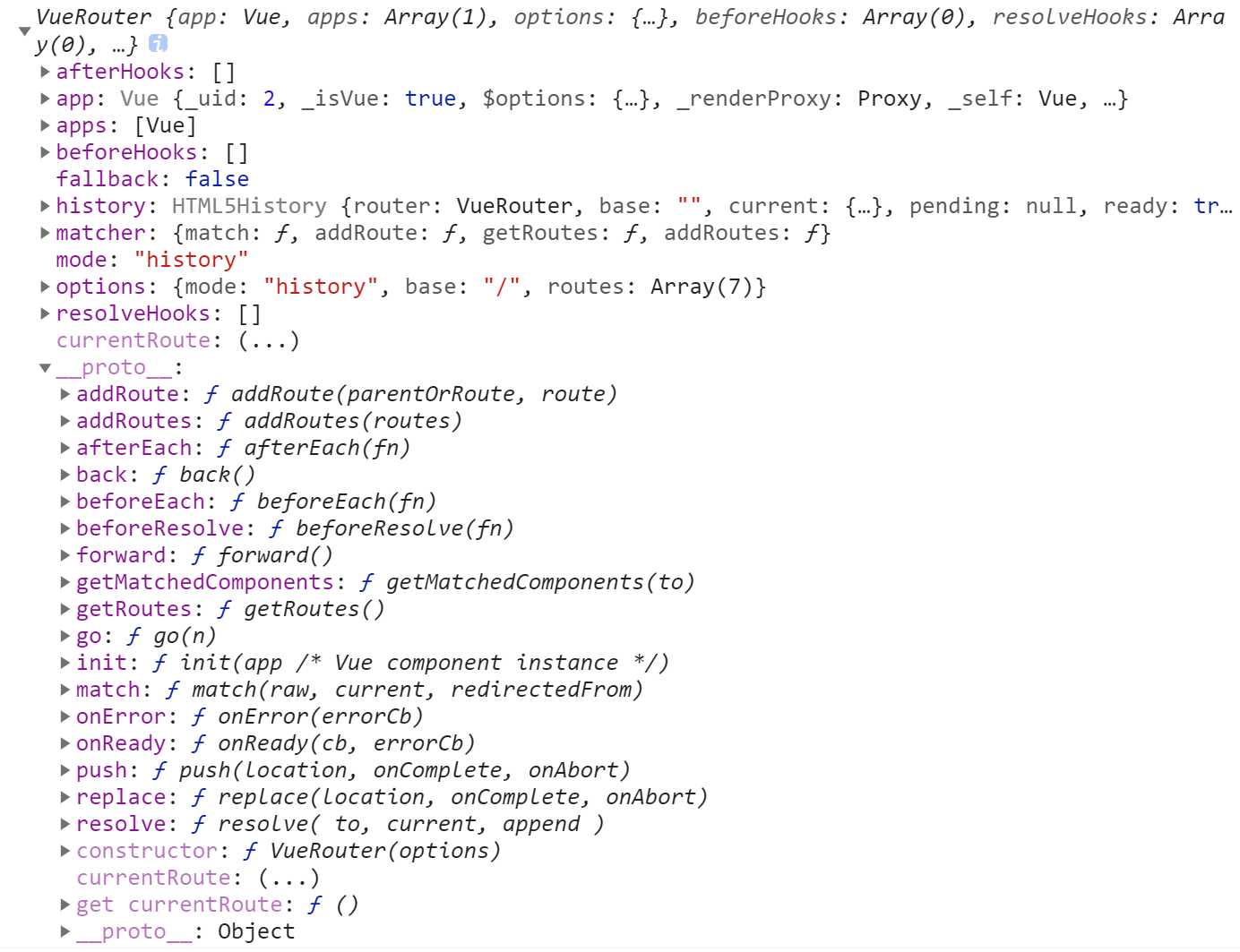Note 1
$nextTick()
- 在下次
DOM更新循环结束之后执行延迟回调。在修改数据之后立即使用这个方法,获取更新后的 DOM。 - 将回调延迟到下次
DOM更新循环之后执行。在修改数据之后立即使用它,然后等待DOM更新。它跟全局方法Vue.nextTick一样,不同的是回调的this自动绑定到调用它的实例上。
提示
Vue 实现响应式并不是数据发生变化之后 DOM 立即变化,而是按一定的策略进行 DOM 的更新 简单来说,Vue 在修改数据后,视图不会立刻更新,而是等同一事件循环中的所有数据变化完成之后,再统一进行视图更新。 Vue 中 data 的数据变化是同步的,更新完就能拿到;但是 dom 的更新是异步的,需要用 nextTick 去即时获取
因为 Vue 是异步执行 DOM 更新的,想立即操作更新后的 DOM 就需要使用 $nextTick
js
// 修改数据
this.message = 'changed'
// DOM 还没有更新
this.$nextTick(() => {
// DOM 现在更新了
// `this` 绑定到当前实例
this.doSomethingElse()
})
mounted () {
this.$nextTick(() => {
// Code that will run only after the
// entire view has been rendered
})
}用途
在 created 和 mounted 阶段,如果需要操作渲染后的视图,也要使用 nextTick 方法。
官方文档说明:
注意 mounted 不会承诺所有的子组件也都一起被挂载。如果你希望等到整个视图都渲染完毕,可以用 vm.$nextTick 替换掉 mounted
异步更新队列
Vue在更新DOM时是异步执行的。只要侦听到数据变化,Vue将开启一个队列,并缓冲在同一事件循环中发生的所有数据变更。如果同一个watcher被多次触发,只会被推入到队列中一次。这种在缓冲时去除重复数据对于避免不必要的计算和DOM操作是非常重要的。然后,在下一个的事件循环“tick”中,Vue刷新队列并执行实际 (已去重的) 工作。Vue在内部对异步队列尝试使用原生的Promise.then``、MutationObserver和setImmediate,如果执行环境不支持,则会采用setTimeout(fn, 0)代替。- 例如,当你设置
vm.someData = 'new value',该组件不会立即重新渲染。当刷新队列时,组件会在下一个事件循环“tick”中更新。多数情况我们不需要关心这个过程,但是如果你想基于更新后的DOM状态来做点什么,这就可能会有些棘手。虽然Vue.js通常鼓励开发人员使用“数据驱动”的方式思考,避免直接接触DOM,但是有时我们必须要这么做。为了在数据变化之后等待Vue完成更新DOM,可以在数据变化之后立即使用Vue.nextTick(callback)。这样回调函数将在DOM更新完成后被调用。 - 因为
$nextTick()返回一个Promise对象,所以你可以使用新的ES2017async/await语法完成相同的事情:
js
updateMessage: async function () {
this.message = '已更新'
console.log(this.$el.textContent) // => '未更新'
await this.$nextTick()
console.log(this.$el.textContent) // => '已更新'
}v-html 使用
v-html:更新元素的innerHTMLv-text:更新元素的内部文本
使用 v-html 并限制内容图片最大宽度
html
<div class="content" v-html="content"></div>- 去掉
scoped
less
<style lang="less">
.content {
width: 600px;
img {
max-width: 100%;
}
}
</style>- 使用
>>>
less
<style scoped>
.u-content >>> img { max-width: 100%; } // 如果图片宽度超出600px,则会将其缩放到600px,宽度也会等比例进行缩小
</style>- 字符串全局替换
replace推荐
js
// 全局替换 <img 为 <img class="u-img"
this.content = this.content.replace(/\<img/gi,'<img class="u-img"')
// 或者 全局替换 <img 为 <img style="max-width:100%;"
this.content = this.content.replace(/<img/gi, '<img style="max-width:100%;"')less
.u-img {
max-width: 100%;
}deep样式穿透较简单
less
<style lang="less" scoped>
.content {
/deep/ img {
max-width: 100%;
}
}
</style>使用 v-html 对关键字进行标注
js
// 关键字标蓝
const reg = new RegExp(this.keyword, 'g')
for (const data of this.resultData) {
data.name = data.name.replace(reg, `<span class="blue">${key}</span>`)
console.log('data:', data)
}父组件调用子组件的属性或方法
html
<div class="parent">
<child ref="child"></child>
</div>js
this.$refs.child[attribute] // 即可调用子组件所有属性和方法定义全局 CSS 变量
vue.config.js
js
css: {
loaderOptions: {
less: {
modifyVars: {
// less vars,customize ant design theme,可以带单引号也可以不带
themeColor: '#1677FF', // 定义全局变量,所有文件均可直接使用
},
// 等价于
// globalVars: {
// 可以带单引号也可以不带
// themeColor: '#D93844'
// },
// DO NOT REMOVE THIS LINE
javascriptEnabled: true
}
}
}全局注册组件
在 main.js 中进行全局注册
js
import Page from '@/components/Button'
Vue.component('Button', Button) // 全局注册 Button 组件ref & $refs
ref 用来给元素或子组件注册引用信息。
- 如果在普通的
DOM元素上使用,引用指向的就是DOM元素 - 如果用在子组件上,引用就指向组件实例
vue
<ComponentName ref="child" />父组件引用子组件的属性和方法:
js
this.$refs.child.属性
this.$refs.child.方法子组件调用父组件的属性和方法:
js
this.$parent.属性
this.$parent.方法CSS writing-mode 属性
定义了文本在水平或垂直方向上如何排布
css
.u-font {
writing-mode: vertical-rl;
-webkit-writing-mode: vertical-rl;
-ms-writing-mode: vertical-rl;
}语法格式如下:writing-mode: horizontal-tb | vertical-rl | vertical-lr | sideways-rl | sideways-lr
horizontal-tb:水平方向自上而下的书写方式。即left-right-top-bottomvertical-rl:垂直方向自右而左的书写方式。即top-bottom-right-leftvertical-lr:垂直方向内内容从上到下,水平方向从左到右sideways-rl:内容垂直方向从上到下排列sideways-lr:内容垂直方向从下到上排列
网站整体灰度转换
在项目入口文件App.vue中进行设置:
- 当
filter不为none的时候,如果该元素或者其子元素具有absolute或fixed属性,那么它会为其创建一个新的包含块/容器,会造成该absolute或fixed元素的定位发生变化(就是改变了absolute或fixed元素的定位父元素,变成新创建的元素)。 - 例如:当在
body标签中使用了filter属性后body { filter: grayscale(100%);,filter就会生成一个新的包含块,其位置大小和 body 一样,然后fixed元素就会根据这个包含块进行定位,导致定位出现问题。 - 如果
filter设置在根元素上html { filter: grayscale(100%);,它是不会为 absolute 或 fixed 子元素创建新的包含块的,因此我们可以通过将filter设置在根元素(html)上来避免定位问题。
js
created () {
this.getMournDate()
},
methods: {
getGrayDate () {
// 调用接口获取后台设置的追悼日期范围(起始日~截止日)
this.mournDate = {
start: 1669824000000, // 2022-12-01
end: 1670601600000 // 2022-12-10
}
this.checkGray(this.mournDate)
},
checkGray (mournDate) {
var now = new Date().getTime()
if (mournDate.start <= now && now <= mournDate.end) {
// 追悼日只有设置在html元素上才不会影响fixed和absolute定位
this.setGray()
setTimeout(() => { // 自动取消黑白
this.cancelGray()
}, mournDate.end - now)
} else {
this.cancelGray()
if (now < mournDate.start) { // 自动变为黑白
setTimeout(() => {
this.setGray()
}, mournDate.start - now)
}
}
},
setGray () {
document.documentElement.style.filter = 'grayscale(100%)'
},
cancelGray () {
document.documentElement.style.filter = 'none'
}
}$route & $router
假设当前路由:http://localhost:8080/checkDetail
this.$route:是当前路由对象,是一个局部的对象,里面包含name、path、query和params等属性,如下图:

this.$router:是全局路由对象,可以在任意页面实现路由跳转,任何页面都可以调用其push(),back()、replace(),go()等方法
html
<router-link :to="{path:'/listingService', query: {tab: 1}}" target="_blank">路由跳转</router-link>
<!-- <router-link> 等同于调用 router.push() -->js
// 字符串
this.$router.push('/result')
// 对象
this.$router.push({ path: '/result' })
// 命名的路由
this.$router.push({ name: 'Result', params: { tag: 1 } })
// 带查询参数即:/result?tag=1
this.$router.push({ path: '/result', query: { tag: 1 } })
// 在新页面打开路由
let route = this.$router.resolve({
path: '/list',
query: { id:96 }
})
window.open(route.href, '_blank')